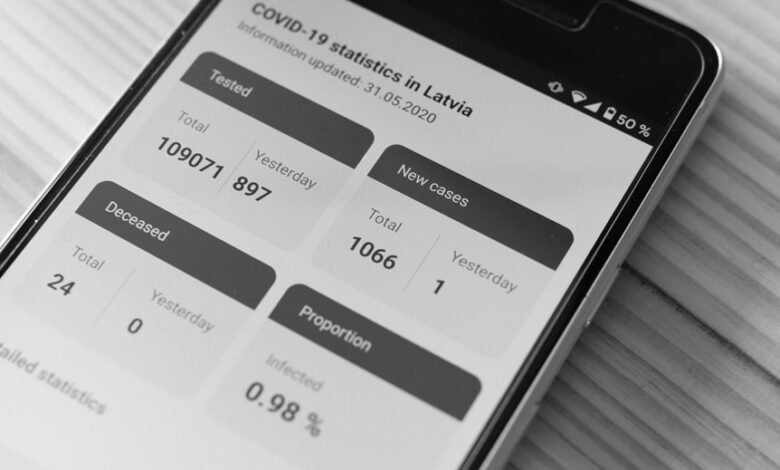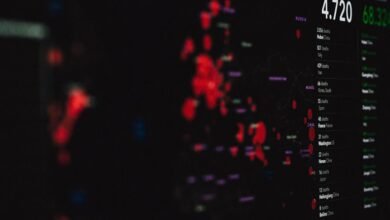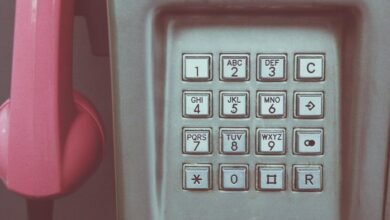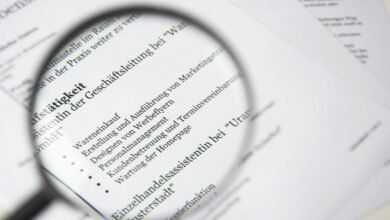Trace Calls Originating From 8152703126, 5166448345, 5395491671, 9152776205, 7783274160, 5123992821

The investigation into the origins of phone numbers such as 8152703126, 5166448345, 5395491671, 9152776205, 7783274160, and 5123992821 requires a systematic approach. Various tools, including online databases and caller ID services, can reveal vital details. These insights may uncover geographic locations and service providers associated with the calls. However, the legitimacy of these numbers remains in question, prompting further exploration into potential motives behind unsolicited communications.
Understanding the Nature of Unknown Calls
While many individuals may regard unknown calls as mere annoyances, a deeper analysis reveals that these unsolicited communications can stem from a variety of sources, each with distinct implications.
Effective call identification techniques are essential for understanding the nature of these calls. As such, call blocking strategies can empower individuals to reclaim their autonomy, mitigating disruptions while preserving the freedom to connect with legitimate contacts.
Investigating the Origin of Specific Numbers
How can individuals effectively trace the origins of specific phone numbers?
Utilizing call tracing techniques, one can employ various online databases and resources for number identification. These tools often reveal the geographic location and service provider associated with a number.
Additionally, exploring public records and social media platforms can enhance the accuracy of tracing, enabling users to discern the legitimacy of incoming calls.
Effective Strategies for Handling Unknown Callers
When individuals receive calls from unknown numbers, they often face a dilemma regarding how to respond effectively.
Implementing call screening techniques, such as utilizing caller identification features, can empower users to make informed decisions.
Establishing a protocol for handling unsolicited calls—like letting them go to voicemail—can safeguard privacy and reduce potential harassment, ultimately fostering a sense of security in communication.
Conclusion
In an era where technology promises connectivity, the mystery of unknown callers remains an ironic twist of fate. Despite sophisticated tracing methods and extensive databases, the origin of numbers like 8152703126 and 5166448345 often eludes even the most diligent investigators. This paradox highlights the dual-edged nature of communication; while we are bombarded with information, clarity often slips through our fingers. Thus, individuals must navigate this labyrinth of anonymity, armed with tools yet perpetually in search of answers.





